Rhinoplasty Recovery in South Korea: Your Complete Healing Guide
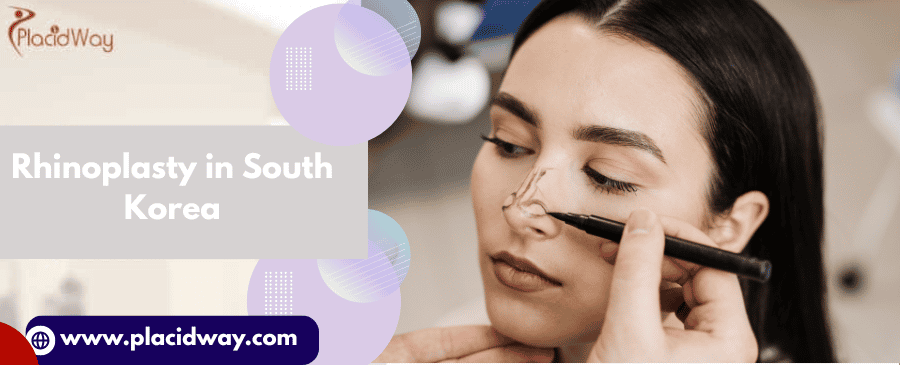
Rhinoplasty, often called a "nose job," is one of the most transformative facial cosmetic surgeries, capable of significantly altering the balance and harmony of your face. South Korea, a global leader in plastic surgery, is a popular destination for those seeking precise and aesthetically pleasing rhinoplasty results. However, understanding the recovery process is just as crucial as choosing the right surgeon. The journey to your new nose requires patience, diligent aftercare, and a clear understanding of the healing timeline. Let's break down what you can expect during recovery from rhinoplasty in South Korea, from the immediate post-operative period to the final, refined results.
What is the cost of rhinoplasty in South Korea?
South Korea is known for offering competitive prices for high-quality plastic surgery, and rhinoplasty is no exception. The cost can vary significantly depending on several factors:
- Complexity of the Procedure:
- Basic Rhinoplasty: For minor reshaping, tip refinement, or small hump removal, costs might range from $2,000 to $4,000 USD.
- Comprehensive Rhinoplasty: For more significant changes involving reshaping nasal bones, tip, and bridge, the cost typically falls between $4,000 and $8,000 USD.
- Revision Rhinoplasty: As it's more complex, correcting previous surgery can cost between $8,000 and $15,000 USD or more, depending on the extent of work needed.
- Specific Techniques: Procedures involving rib cartilage grafts will generally be more expensive than those using silicone implants or ear cartilage.
- Surgeon's Experience and Reputation: Highly sought-after and renowned surgeons with extensive experience will typically charge more for their expertise.
- Clinic's Location and Renown: Clinics in prime areas like Gangnam, Seoul, or those with international accreditations might have higher prices due to their overhead and reputation.
- Inclusions in the Package: Some clinics offer all-inclusive packages that cover:
- Surgeon's fee and anesthesia fee.
- Hospital/clinic stay (usually 1 night, sometimes outpatient).
- Pre-operative tests and post-operative medications.
- Initial follow-up appointments.
- Some may include airport transfers or even a few nights' accommodation.
Compared to Western countries like the United States or Canada, where rhinoplasty can range from $6,000 to over $15,000 (and much higher for revisions), South Korea often provides a more affordable option without compromising on quality or expertise. It's crucial to get a detailed, transparent quote from your chosen clinic to understand all included costs and avoid any surprises.
What is the immediate recovery like after rhinoplasty in South Korea?
The first few days following your rhinoplasty in South Korea are when the most noticeable changes and sensations occur:
- Anesthesia Effects: You will wake up from general or local anesthesia with sedation feeling groggy. Nausea can occur but is usually managed with medication.
- Pain and Discomfort: While actual pain is often described as mild to moderate and manageable with prescribed pain medication, you will likely feel pressure and congestion, similar to a bad cold.
- Swelling and Bruising: Significant swelling will be present, especially around the eyes and nose. Bruising (black and blue marks) is also common around the eyes and cheeks. This typically peaks on days 2-3.
- Splint and Packing: Your nose will likely be covered with an external splint (plastic or metal) and possibly internal splints or soft packing inside the nostrils. These are crucial for supporting and protecting the new nasal structure.
- Breathing: Internal packing, if used, will make breathing through your nose difficult, requiring you to breathe through your mouth. This can cause a dry throat.
- Discharge: Most patients are discharged from the clinic or hospital the same day of surgery, though an overnight stay might be recommended for more complex cases or for closer monitoring.
- Positioning: You will be instructed to keep your head elevated (using multiple pillows or sleeping in a recliner) for the first week or two, even during sleep. This helps to reduce swelling.
Your Korean surgical team will provide detailed post-operative instructions and medications to manage discomfort and aid initial healing. Cold compresses applied to the cheeks (not directly on the nose) are also essential for reducing swelling and bruising during this period.
When are stitches and splints removed after rhinoplasty in South Korea?
This is a significant milestone in your rhinoplasty recovery, as it allows you to see the initial changes to your nose:
- Nasal Packing Removal (Days 4-6): If internal nasal packing was used, it's usually removed within the first few days, often around day 4 to 6. This brings immediate relief as you can breathe through your nose more easily.
- External Splint and Stitch Removal (Day 7): For open rhinoplasty (which involves an external incision at the base of the columella, the strip of skin between your nostrils), external stitches will typically be removed around day 7. At this same appointment, the external splint that protects and stabilizes your nose will also come off.
- What to Expect After Removal: Once the splint is removed, your nose will still appear significantly swollen, particularly the bridge and tip. It might also look a bit bruised. This is normal, and it's important to understand that this is not the final result. The visible improvements will begin to become more apparent as swelling subsides over the following weeks.
- Required Stay: Due to this crucial follow-up appointment, patients are generally advised to stay in South Korea for at least 7-10 days post-surgery to ensure proper removal and initial assessment by their surgeon.
Your surgeon will provide specific instructions on how to care for your nose after the splint is removed, including gentle cleaning and continued head elevation to manage swelling.
What is the timeline for swelling and bruising reduction after a nose job in South Korea?
Swelling and bruising are the most common and persistent aspects of rhinoplasty recovery. Understanding their timeline helps manage expectations:
- Days 1-3: Peak Swelling and Bruising: Swelling and bruising around the eyes and nose will be at their most prominent. Ice packs (applied to cheeks, not directly on the nose) are crucial.
- Week 1: Gradual Improvement: After day 3-4, swelling and bruising begin to gradually subside. By the time the splint is removed (around Day 7), much of the intense bruising under the eyes will have faded, though some discoloration may remain.
- Week 2: Significant Reduction: Most visible bruising should be gone, and major swelling will have significantly reduced, making it easier to go out in public without attracting much attention. Light makeup can often be used to camouflage any remaining discoloration.
- Month 1: 70-80% Swelling Reduction: By the end of the first month, a substantial portion (around 70-80%) of the swelling, particularly on the bridge of the nose, will have resolved. You'll begin to see a more defined shape that closely resembles your expected outcome.
- Months 3-6: Subtle Refinement: Residual swelling, especially in the tip of the nose, will continue to diminish. The tip is often the last area to fully de-swell and refine. Subtle contours will emerge more clearly.
- Months 6-12 (and beyond): Final Results: The nose will continue to subtly settle and refine as all remaining microscopic swelling dissipates. For some, especially those with thicker skin, this can take up to 12-18 months. The final, true results of your rhinoplasty will become fully visible as the healing process completes internally.
Patience is key during this phase. It's helpful to take weekly photos to track subtle changes and remind yourself of the progress.
When can I return to normal activities after rhinoplasty in South Korea?
Returning to your normal routine after rhinoplasty is a gradual process, designed to protect your healing nose and ensure optimal results:
- Light Activities (Days 1-7): Short, gentle walks are encouraged from day one to aid circulation and reduce swelling. Avoid any bending, lifting, or strenuous movements.
- Work/School (Days 10-14): Most patients can return to sedentary work or school within 10 to 14 days, once major bruising and swelling have subsided. If your job is physically demanding, you'll need more time off.
- Driving: You should avoid driving until you are no longer taking strong pain medications and can safely and comfortably perform all necessary driving maneuvers, typically after 1-2 weeks.
- Light Exercise (Weeks 3-4): You can generally resume light cardiovascular activities, like brisk walking or cycling (on a stationary bike), after 3-4 weeks, provided there's no risk of impact to your nose.
- Strenuous Exercise & Heavy Lifting (Week 6): Full strenuous exercise, weightlifting, and activities that significantly increase your heart rate or blood pressure should be avoided for at least 6 weeks. This includes running, aerobics, and swimming.
- Contact Sports (Months 3-6+): Any activities with a risk of facial trauma or impact to the nose (e.g., basketball, soccer, martial arts) should be strictly avoided for at least 3-6 months, or even longer, depending on your surgeon's advice.
- Wearing Glasses: Avoid wearing traditional eyeglasses that rest on the bridge of your nose for 6 weeks, as this can put pressure on the healing bones. Your surgeon may provide alternative solutions like tape or special frames.
- Blowing Your Nose: Avoid blowing your nose for the first few weeks. If you must sneeze, do so with your mouth open to minimize pressure.
Always follow your Korean surgeon's specific instructions for activity restrictions, as they will be tailored to your individual surgery and healing progress for your rhinoplasty recovery in South Korea.
What specific post-operative care tips are essential for rhinoplasty recovery in South Korea?
Following your surgeon’s post-operative instructions diligently is the most critical factor for a smooth recovery and excellent results. South Korean clinics are known for providing comprehensive guidance:
- Take Medications as Prescribed: This includes pain relievers, antibiotics (to prevent infection), and any anti-swelling medications.
- Keep Your Head Elevated: Maintain an elevated head position (at least 30-45 degrees) at all times, including while sleeping, for at least 1-2 weeks. This significantly helps reduce swelling. Use extra pillows or a recliner.
- Apply Cold Compresses: Use cold compresses (ice packs wrapped in a thin cloth) to your cheeks and forehead (not directly on the nose) for the first 48-72 hours to reduce swelling and bruising.
- Avoid Nose Blowing: Do not blow your nose for several weeks. If you need to sneeze, open your mouth wide to minimize pressure on the nasal passages.
- Avoid Touching or Bumping Your Nose: Be extremely gentle. Avoid rubbing, touching, or putting any pressure on your nose. Be cautious when washing your face or dressing.
- Protect from Sun Exposure: Avoid direct sunlight on your nose for several months, as it can cause hyperpigmentation of healing tissues and scars. Use a high-SPF sunscreen or wear a wide-brimmed hat when outdoors.
- Maintain a Healthy Diet and Hydration: Eat nutrient-rich foods, especially those high in protein and vitamins (A, C), to support healing. Stay well-hydrated. Avoid excessive sodium, which can increase swelling.
- Avoid Alcohol and Smoking: Alcohol can increase swelling and bleeding, while smoking severely impairs the healing process and increases complication risks. Avoid both for several weeks before and after surgery.
- Attend All Follow-up Appointments: These are vital for monitoring your healing progress, addressing any concerns, and ensuring proper care.
- Be Patient: Understand that swelling will take time to resolve, and the final results will not be visible immediately. Trust the process and your surgeon's guidance.
By diligently adhering to these post-operative care tips, you can significantly optimize your rhinoplasty recovery in South Korea and achieve the best possible aesthetic outcome.
Ready to begin your journey towards a refined nasal contour?Explore PlacidWay to connect with top-tier clinics and highly experienced surgeons in South Korea specializing in rhinoplasty, ensuring a safe and successful experience.

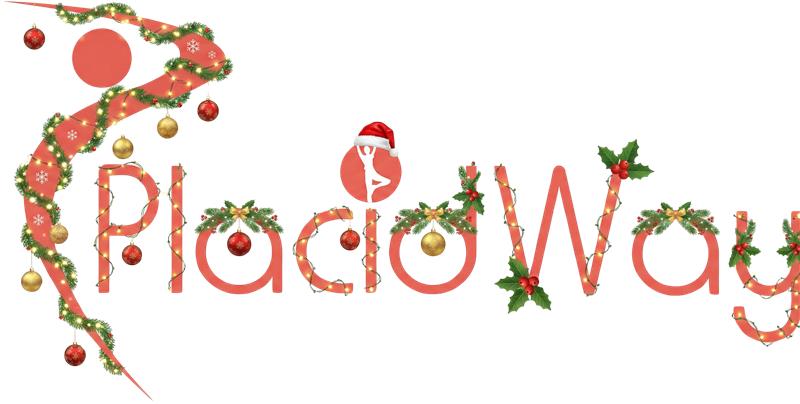
.png)
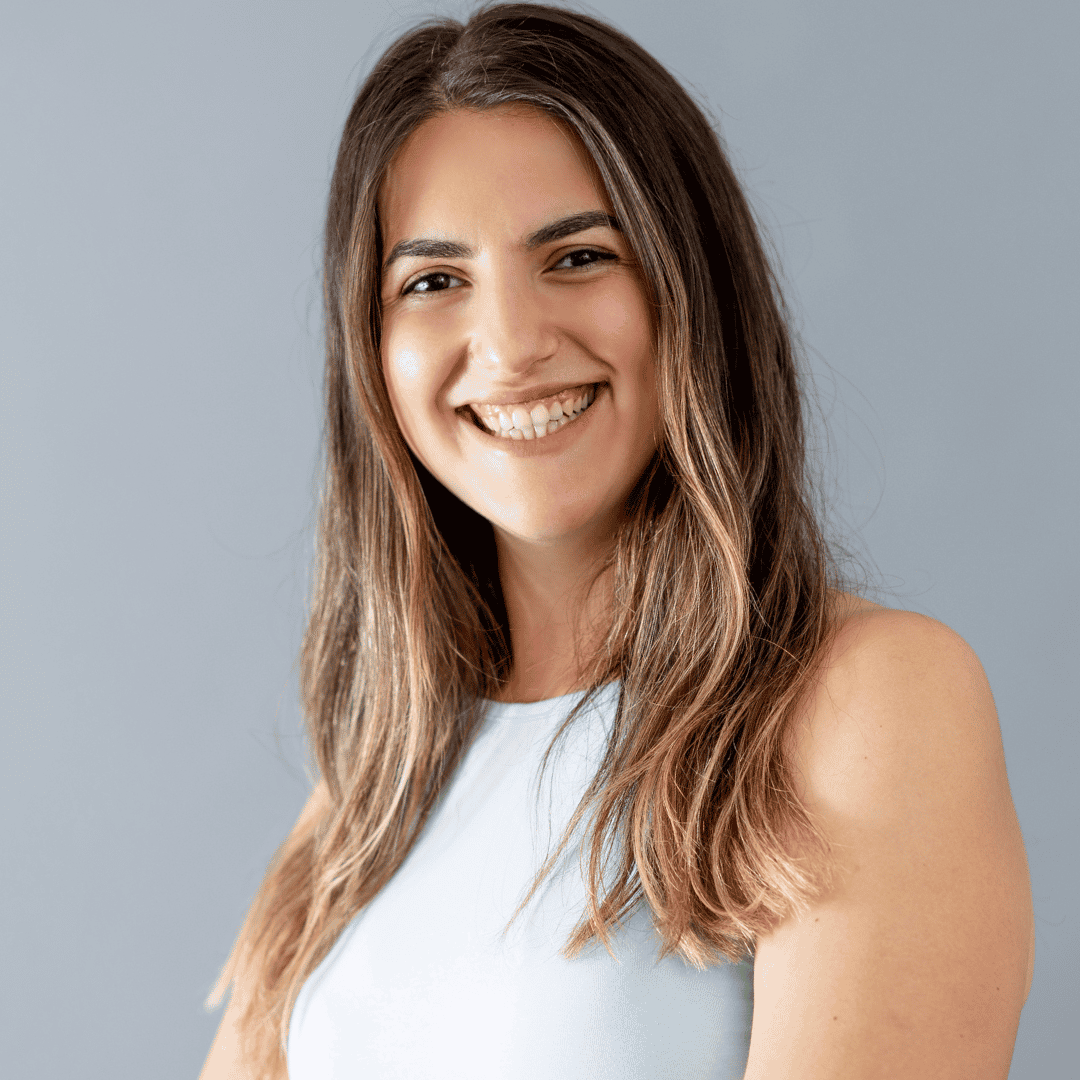
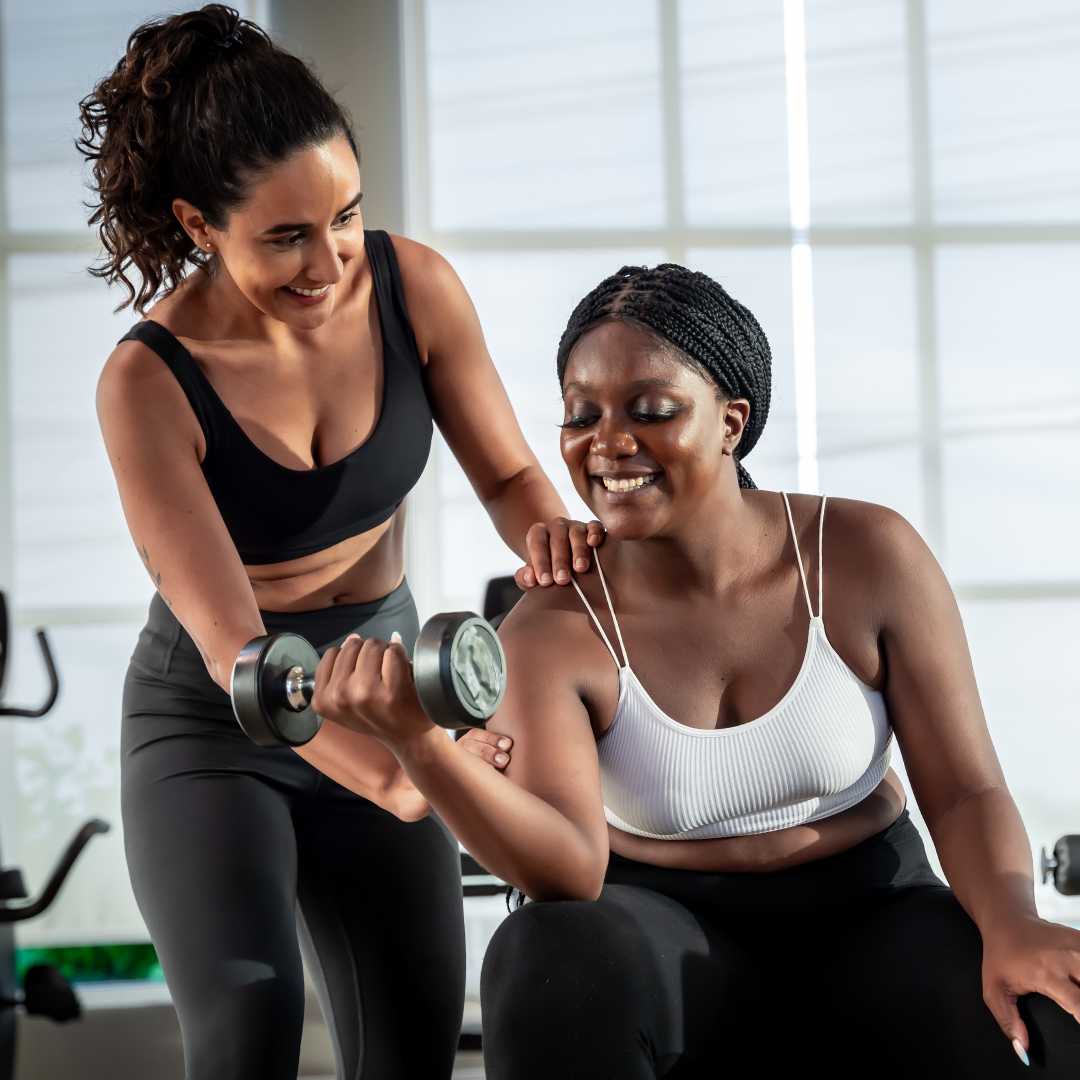
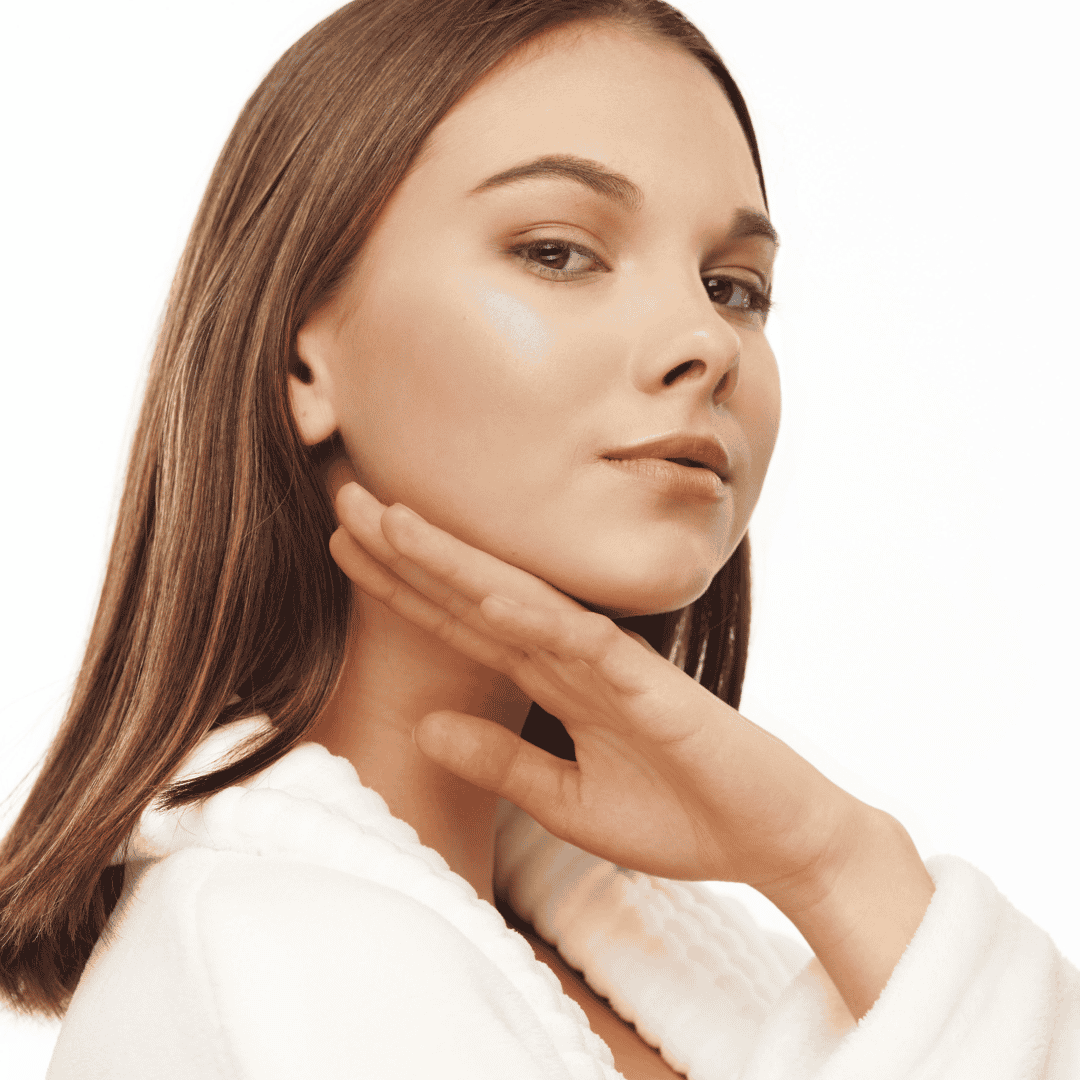


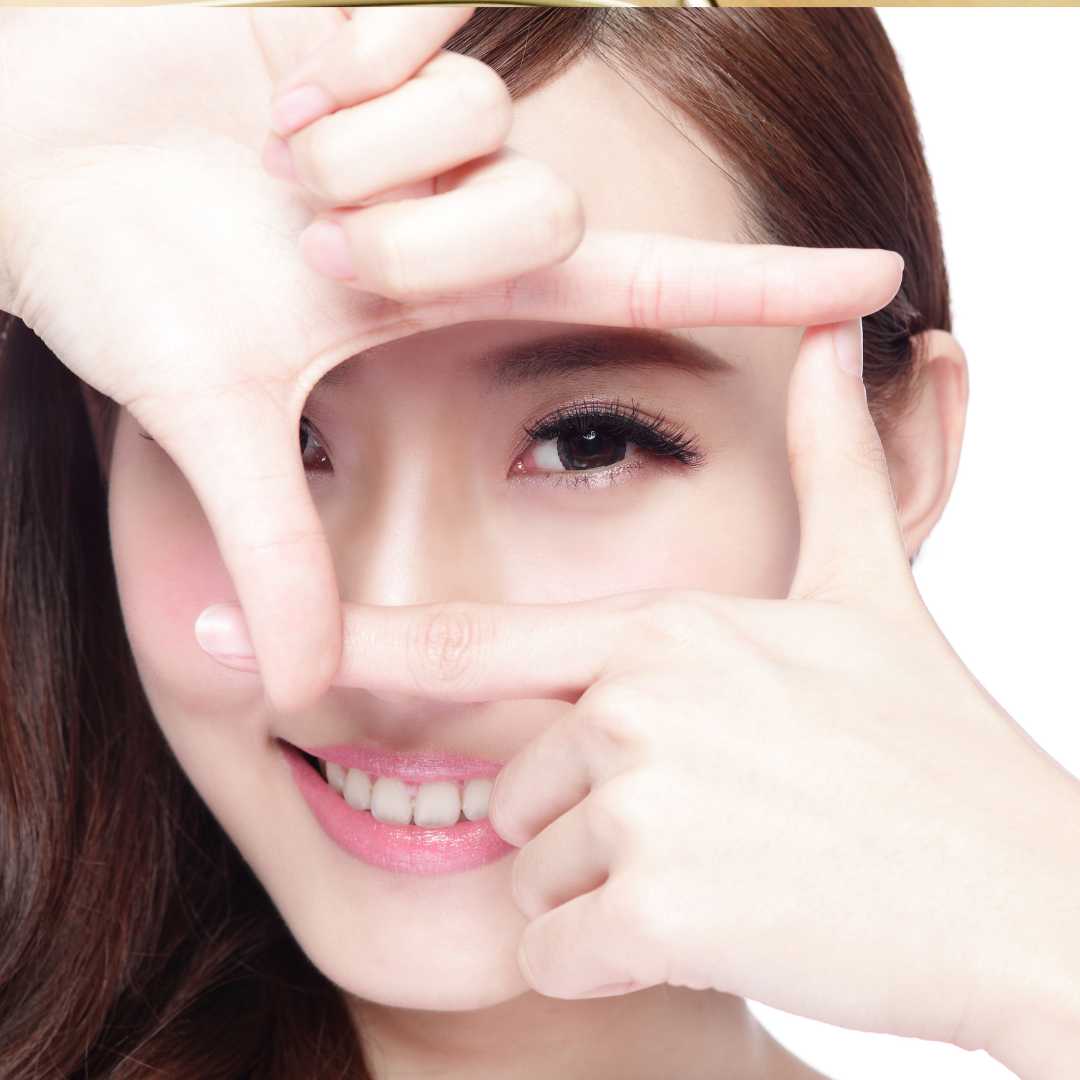

.png)
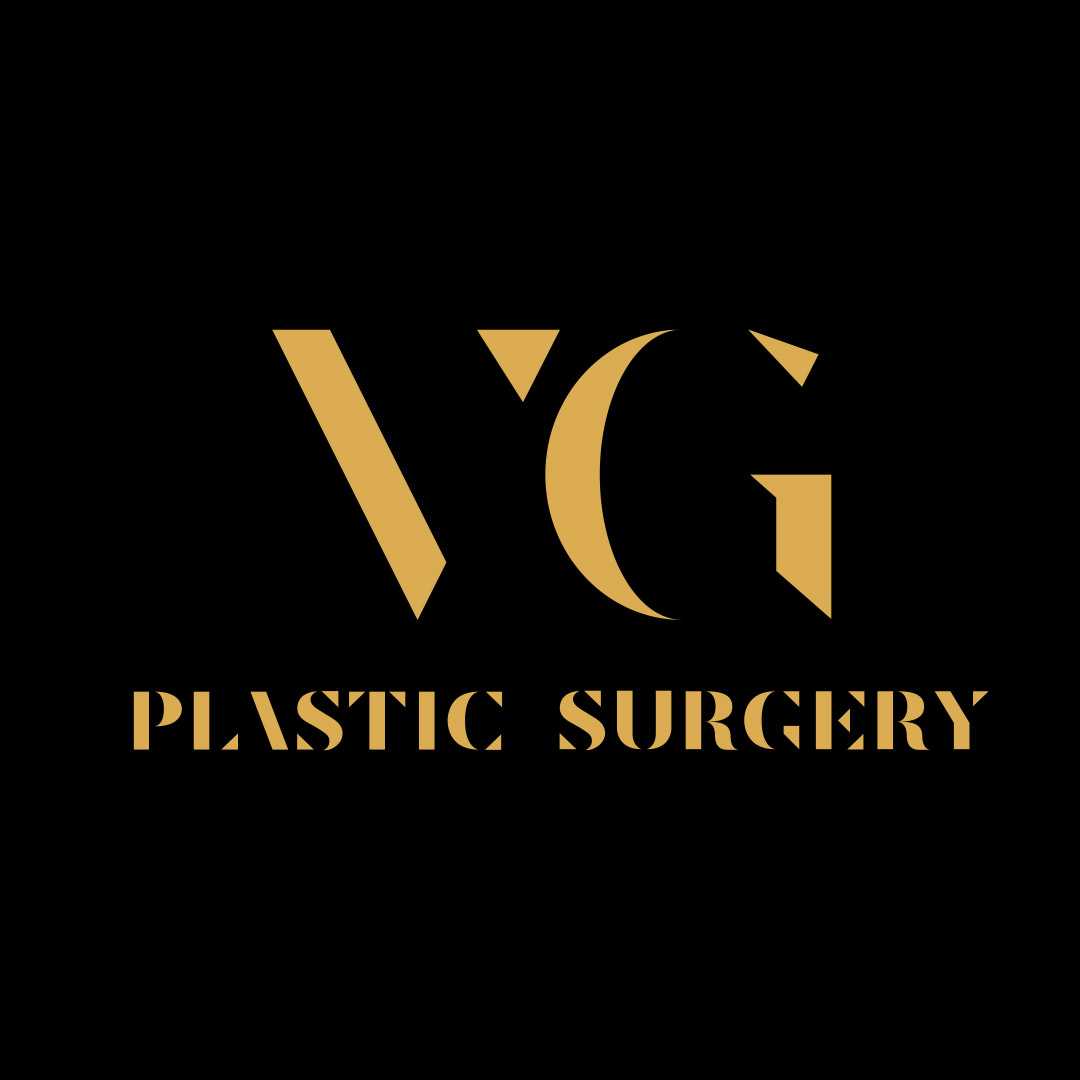
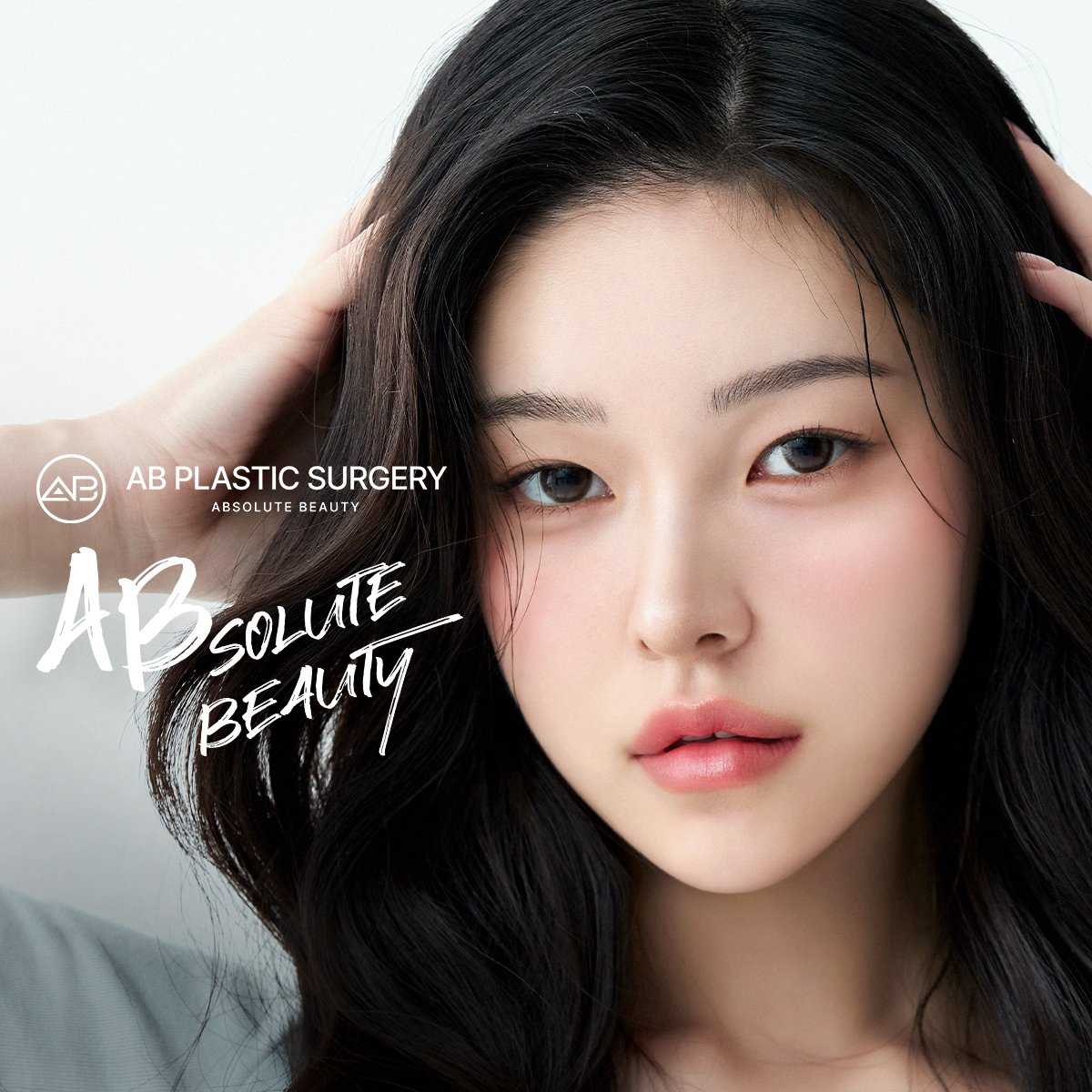

.png)
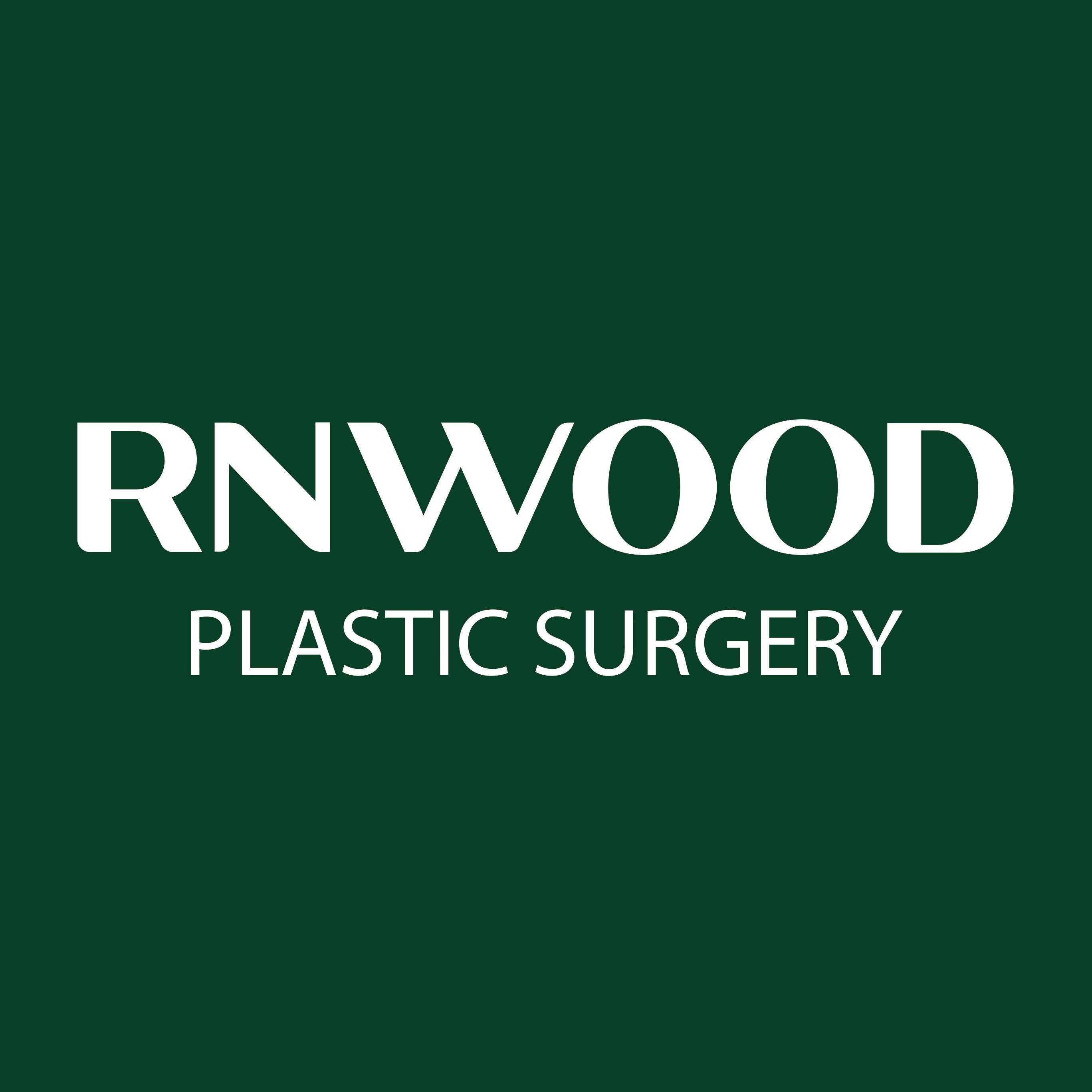

Share this listing